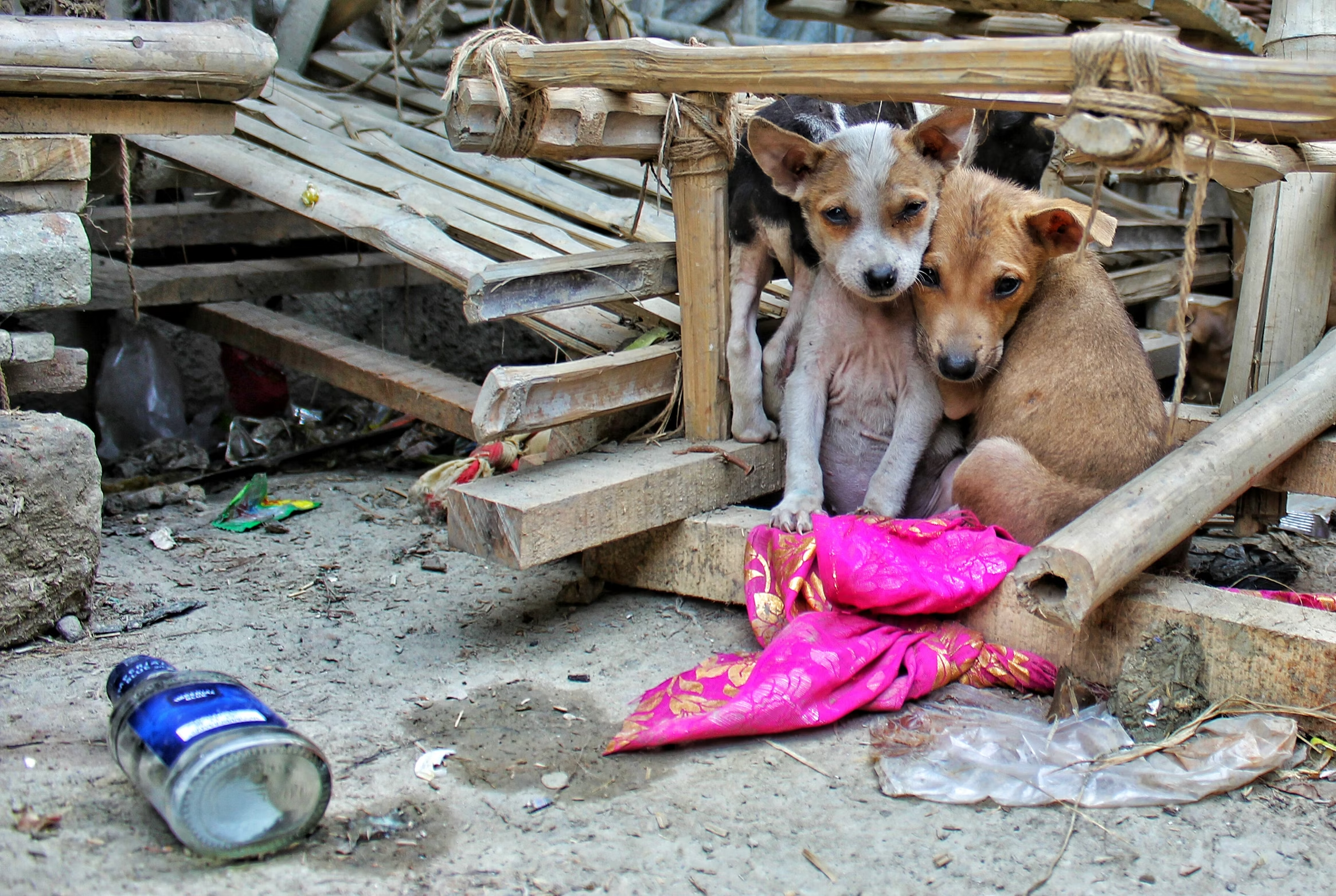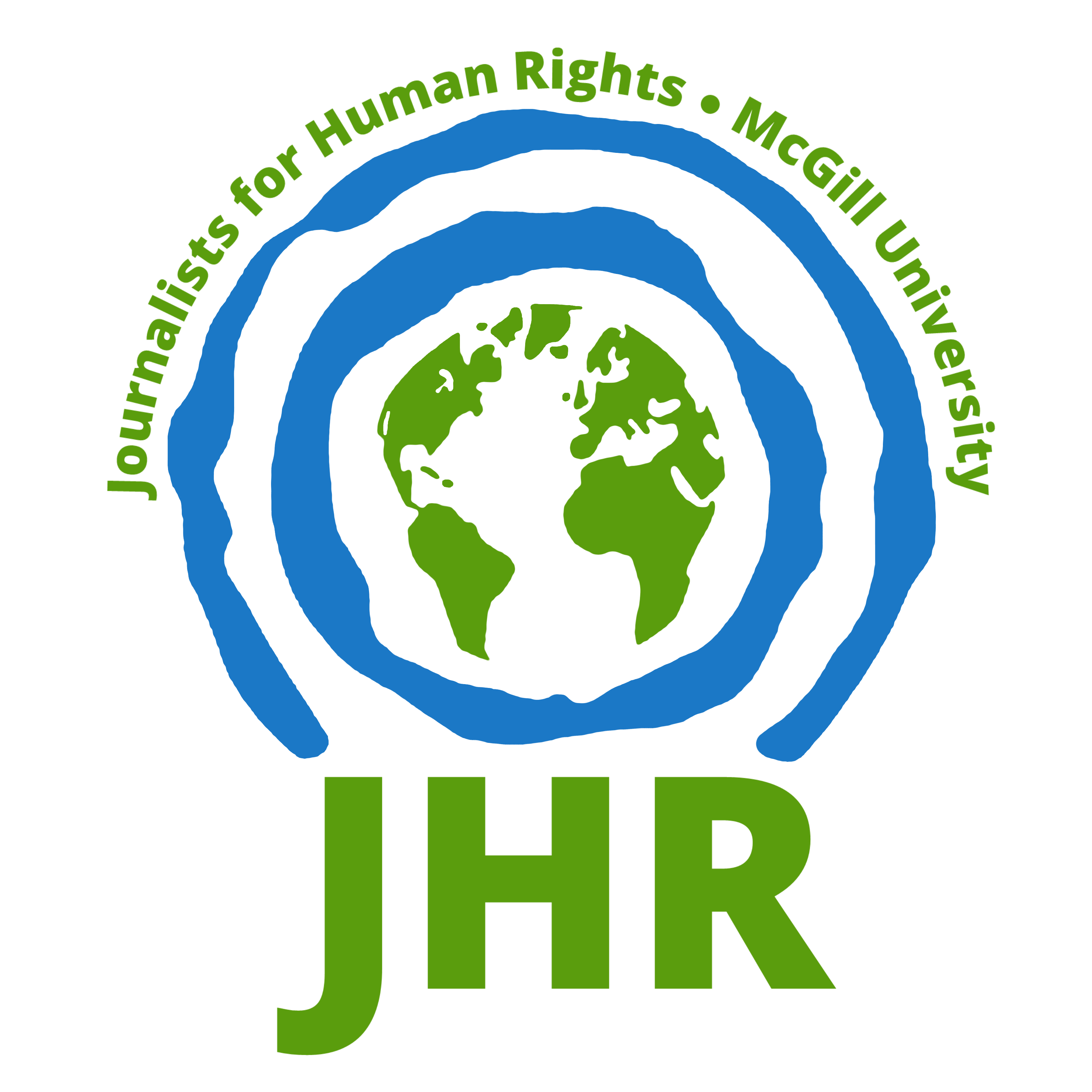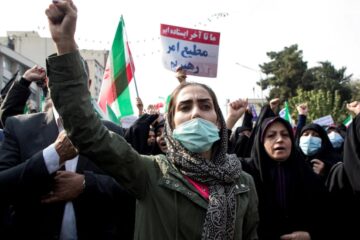As Morocco prepares to co-host the 2030 FIFA World Cup alongside Spain and Portugal, the government has launched a nationwide campaign to eliminate over three million stray dogs, framed as a public health and urban sanitation initiative designed to accommodate tourists and align with the country’s projected image of modernity. In reality, this operation is a mass killing effort cloaked in bureaucratic euphemism, one that exposes the violent logics of state-sponsored cleansing under the guise of global spectacle. Far from being an isolated event, Morocco’s plan is part of a long-standing pattern in which states exploit the cover of international attention to enforce aesthetic conformity through systematic disposability, often targeting the voiceless and vulnerable.
Since 2023, reports of stray dogs being shot in the streets, poisoned by meat laced with toxins, and dumped in mass graves have circulated across Moroccan cities, coinciding almost directly with the announcement of Morocco’s role as co-host for the World Cup. Several municipalities, including Agadir, Marrakech, and Casablanca, have implemented lethal measures to remove street animals, ignoring both international guidelines on humane population control and the mounting concerns of domestic and international animal welfare organizations. The International Organization for Animal Protection (OIPA) has condemned the killings as both cruel and unlawful, while Moroccan NGOs such as Le Coeur sur la Patte and Asso Vegan Maroc have documented evidence of coordinated poisoning campaigns and nighttime shootings, often in areas densely populated by families and children. Despite widespread protest, culling, poisoning, and killings continue, sanctioned through municipal mandates and legitimized by state silence.
This is not the first time animals have been targeted in the lead-up to a major event. Before the 2014 Sochi Winter Olympics, Russian authorities exterminated thousands of stray dogs, arguing that their presence would damage the city’s image. Ahead of Brazil’s 2016 Olympics and the 2014 World Cup, similar “cleansing” strategies were deployed against both stray animals and residents of low-income favelas, framed as necessary for urban beautification. What Morocco is doing is not novel: it is a replication of a global template in which animals, and at times entire communities, are deemed obstacles to the fantasy of national modernity. This fantasy is not organic; it is manufactured for consumption by Western institutions and audiences who expect cleanliness without confronting the cost. The state does not just clear the streets; it curates them for foreign validation.
What makes Morocco’s case especially fraught is the gap between its official narrative and its on-the-ground practices. Since 2019, Moroccan authorities have claimed to implement Trap, Neuter, Vaccinate, and Return (TNVR) programs as a humane alternative to mass culling, citing alignment with international animal welfare standards. In the capital city of Rabat, a sanctuary operated by the Moroccan Association for the Protection of Animals and Nature (AMPANA) has been promoted as a model for TNVR, complete with vaccination campaigns and sterilization drives. Moroccan officials have consistently pointed to this framework as proof of their commitment to humane stray dog management. However, while the TNVR model exists on paper and in select pilot zones, reports of mass killings in cities like Casablanca, Marrakech, and Agadir paint a starkly different picture, one where official rhetoric is used less to guide policy than to shield it from scrutiny. Witness accounts and footage tell a story far more violent than any official report admits. Across Moroccan cities, vans marked with municipal logos or left unmarked prowl the streets at night, rounding up dogs with metal wires and nets, tossing their bodies into trucks already piled with corpses. In some towns, people use mobile applications created by local authorities to report the presence of strays, effectively turning public vigilance into a tool of extermination. Shots echo through residential neighborhoods and school routes where children once fed the same dogs now left to rot. The state calls it “cleaning” but it is a massacre carried out under the cover of modernization.
The TNVR narrative functions as a form of strategic denial, obscuring the state’s simultaneous reliance on poisoning, live ammunition, and unregulated extermination to enforce street-level conformity in the lead-up to FIFA 2030. But these commitments were rapidly abandoned in favor of faster, more visibly effective methods, revealing how international agreements often serve as symbolic performance rather than binding frameworks. The state’s pivot from sterilization to extermination was not the result of failed policy but a calculated choice rooted in the belief that lives which cannot be monetized or managed have no political value.
FIFA, unsurprisingly, has remained silent. Despite its frequent declarations of ethical responsibility and sustainability, the organization has made no public statements condemning or even acknowledging Morocco’s mass culling campaign. This silence reflects a broader institutional pattern in which global sports bodies prioritize optics, infrastructure, and revenue over human or animal rights. The sterilized aesthetic of international football (i.e., clean streets, empty lots, tightly controlled public space) is made possible through the erasure of those who do not fit within its standards. FIFA has never existed outside politics; it has simply outsourced its violence.
The killings in Morocco do not exist in a vacuum. They are deeply embedded in the intersecting systems of state violence, neoliberal development, and international legitimacy. In this context, stray dogs are not just collateral damage but subjects of a broader project of exclusion. Their disposability stems from their inability to be disciplined, commodified, or removed without blood. The Moroccan state’s response has not been to ask why these animals exist in such numbers, or to address the structural causes of abandonment and reproduction, but to erase the evidence of its own failure through the destruction of life. What emerges is a logic of disappearance, not accountability. International media coverage of the killings has been sporadic and largely decontextualized, often portraying the campaign as a regrettable necessity or as an unfortunate side effect of modernization. This framing reinforces the idea that urban development requires sacrifice, while erasing the possibility of humane alternatives or systemic critiques. Worse still, this narrative is built upon assumptions that mirror colonial hierarchies: that non-Western states must discipline their streets to be palatable to the West, and that violence, when aimed downward, is an acceptable method of achieving progress.
The question, then, is not whether Morocco is ready to host a World Cup. The question is what kind of world we are building when international legitimacy is earned through violence against the most powerless. The moral cost of this tournament will not be measured in medals, goals, or televised ceremonies: it will be measured in poisoned corpses, silenced activists, and the normalization of a politics in which lives that do not speak, vote, or pay taxes are made to disappear. The 2030 World Cup is being marketed as a celebration of global unity, cultural diversity, and transcontinental cooperation. But beneath the banners and stadium lights lies a darker story, one in which the price of prestige is paid in blood. Until institutions like FIFA are held accountable for the consequences of the events they orchestrate, and until states like Morocco are forced to reckon with the human and non-human lives sacrificed in pursuit of global approval, these cycles of violence will continue.
Edited by Emma Ristic and Norah Nehme.





